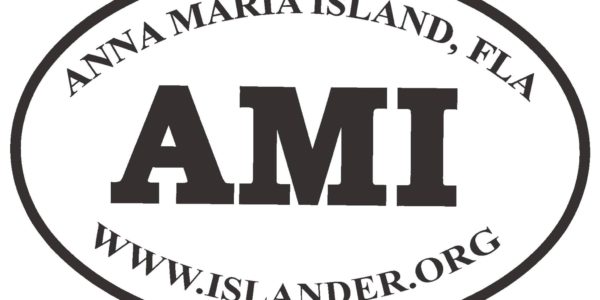From time to time, especially in the spring and summer, I see a kid race across the beach, hoping to send the birds on the sand into flight.
And there, crouched on the shore, to capture the moment the birds take flight, I’ll see an adult with a camera.
Smile. You’ve encouraged a kid to commit a crime.
I’m not surprised when the photographs appear on social media, where their owners can narrow their audiences. But I’m always amazed when someone submits a photograph of a kid chasing shorebirds for publication in the newspaper.
Should the image run on the “cops and court” page?
I think readers’ would answer “yes” if the photograph depicted an adult galloping through a group of gulls or especially stomping through a nesting colony of black skimmers.
Four years ago, a rampage up the shoreline by a man and a woman on a “high-powered” vehicle resulted in the death of two black skimmer chicks and damage to five sea turtle nests. The unsolved crime sparked outrage among islanders, evidenced by calls for a police investigation and demands for a tough prosecution if an arrest occurred.
But I’ve seen adults stand by as children sprayed water at banded red knots, tossed bread at royal terns and kicked buckets toward snowy plovers.
So we must convince adults to be better stewards before they can teach their kids to be bird-friendly.
Some recommendations and reminders from Audubon Florida and other bird-friendly nonprofits:
• Keep a distance from shorebird habitat. Nesting areas often are posted with signs during the breeding season, but not all sites get posted. And, of course, birds don’t observe our artificial borders.
• Do not get close to chicks or eggs. A disturbance can cause an adult bird to abandon a chick or a nest, leaving the chick or eggs vulnerable to predators and the sun.
• Pets, prohibited on island beaches, can wreak havoc on shorebird colonies in seconds. Dogs don’t need to chase birds for birds to perceive them as predators.
• Take trash away from the beach. Litter can contain material toxic or hazardous to birds. Also, trash attracts predators.
• Dispose of fishing line. Birds get entangled in loose line, causing injury and even death. Just two weeks ago, I cut a line hanging a dead egret from an Australian pine tree along the edge of Bimini Bay.
• Avoid giving birds people food, including bread, which can harm their digestive system, draw predators and create a reliance on humans.
• Avoid scaring birds — accidentally or intentionally.
Noisy activity, such as setting off firecrackers, or harassment, such as chasing birds, jeopardizes their health.
Shorebirds feed under certain tidal conditions and disturbing them prevents rest and feeding, leading to reduced reproduction and survival rates.
So be a good egg, and let the birds be birds.
Did you know?
State and federal laws protect the birds on island beaches, whether they are common crows or endangered plovers.
The most protective laws include the U.S. Endangered Species Act and the U.S. Migratory Bird Treaty Act, which protects birds against harm and harassment.
This column was published in The Islander newspaper.
Archives for The Islander are online here.
